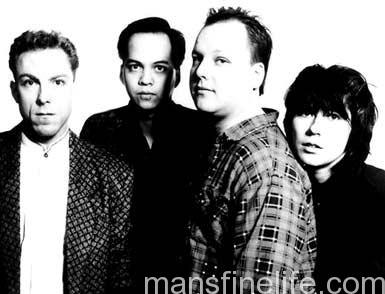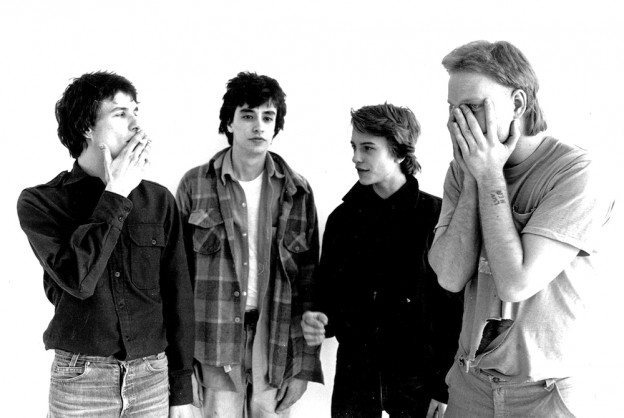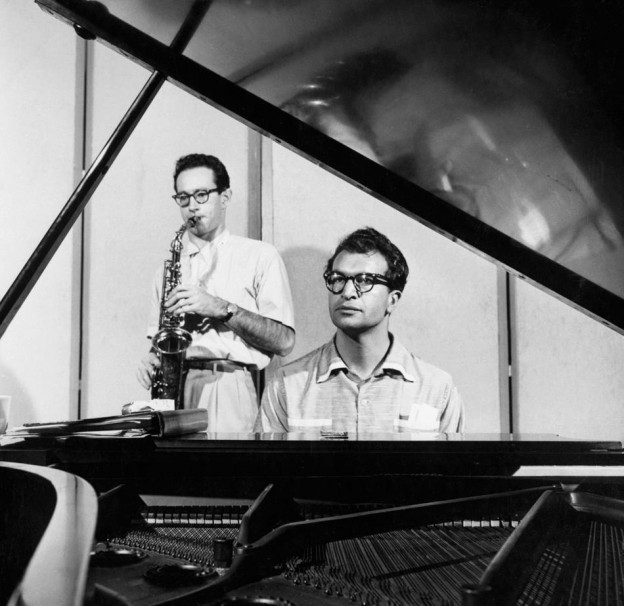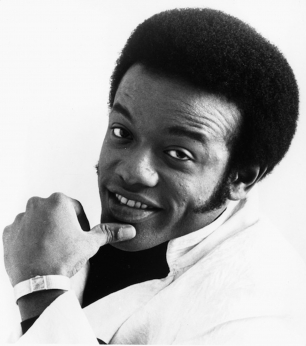Rock musicians are notoriously eccentric as a whole, particularly those whose heyday was back in the anything goes, drug-infused 1960s and 70s. But legendary drummer and wild man Ginger Baker stands out from the crowd in terms of pure insanity and fearsome ill temper. A very large redheaded man with a seriously bad attitude and a taste for mind-altering drugs, Baker is most famous for being one third of the best power trio of all time, Cream. Along with the late Jack Bruce on bass and primary vocals and the inimitable Eric “Slowhand” Clapton on guitar, Cream redefined the sound of heavy blues in the late 1960s and made an incredible impact on Rock despite the fact that the volatile trio could only keep it together for 2 years. The outstanding 2012 documentary Beware of Mr. Baker chronicles those heady days as well as the pure obstreperousness of its larger-than-life subject who left a trail of destruction in his wake across several continents in the years that followed.
http://www.youtube.com/watch?v=wqrigN8jxj8
With his gaunt appearance, madman’s eyes and predilection towards random acts of violence and self-destruction, Baker makes an ideal subject for a film. Beginning in the present at Baker’s fortified South African compound and horse farm and tracing his life back to his boyhood during Blitz-ravaged London, Beware makes use of lovely interstitial animation to add graphic novel vividness to the biography and never flinches from recounting the legendary drummer’s troubled life starting with the loss of his tough father in WWII. Baker, who might today have been diagnosed with ADD as a boy, subsequently finds his special quality when he realizes that he has “perfect time” and becomes enthralled as a teenager with Jazz drumming. He was taken under the wing of Phil Seaman, the greatest of the English Jazz drummers in the Gene Krupa style, who turned Baker on to two exceptionally important things that would impact the rest of his life: African rhythms and heroin. By his late teen years, Baker was not only a smack addict but also one of the most preeminent and technically accomplished drummers in England or anywhere else. This naturally led to his contributing to the intense and percolating London R&B scene and he quickly established himself as a force to be reckoned with in The Graham Bond Organisation, one of those big-in-England-but-not-in-the-States-type groups. With an appetite for drugs even greater than Baker’s, Bond’s band soon collapsed but not before Baker fatefully met Scottish bassist and vocalist Jack Bruce. These two polar opposites somehow attracted and were soon to become the fiery odd couple of British R&B making Rock history in the process.
While Ginger Baker disparages Bruce throughout Beware (as well as pretty much every other non-Jazz musician on the planet except Clapton), it’s clear that despite their mutual antipathy the two men fed off each other to achieve the greatest of musical heights. When Eric Clapton tired of his purist exploits in John Mayall’s Bluesbreakers and chose to return to the heady world of amplified R&B, Bruce and Baker were a ready made fit for Rock’s first power trio, emphasis on power: The Cream. Continue reading

















